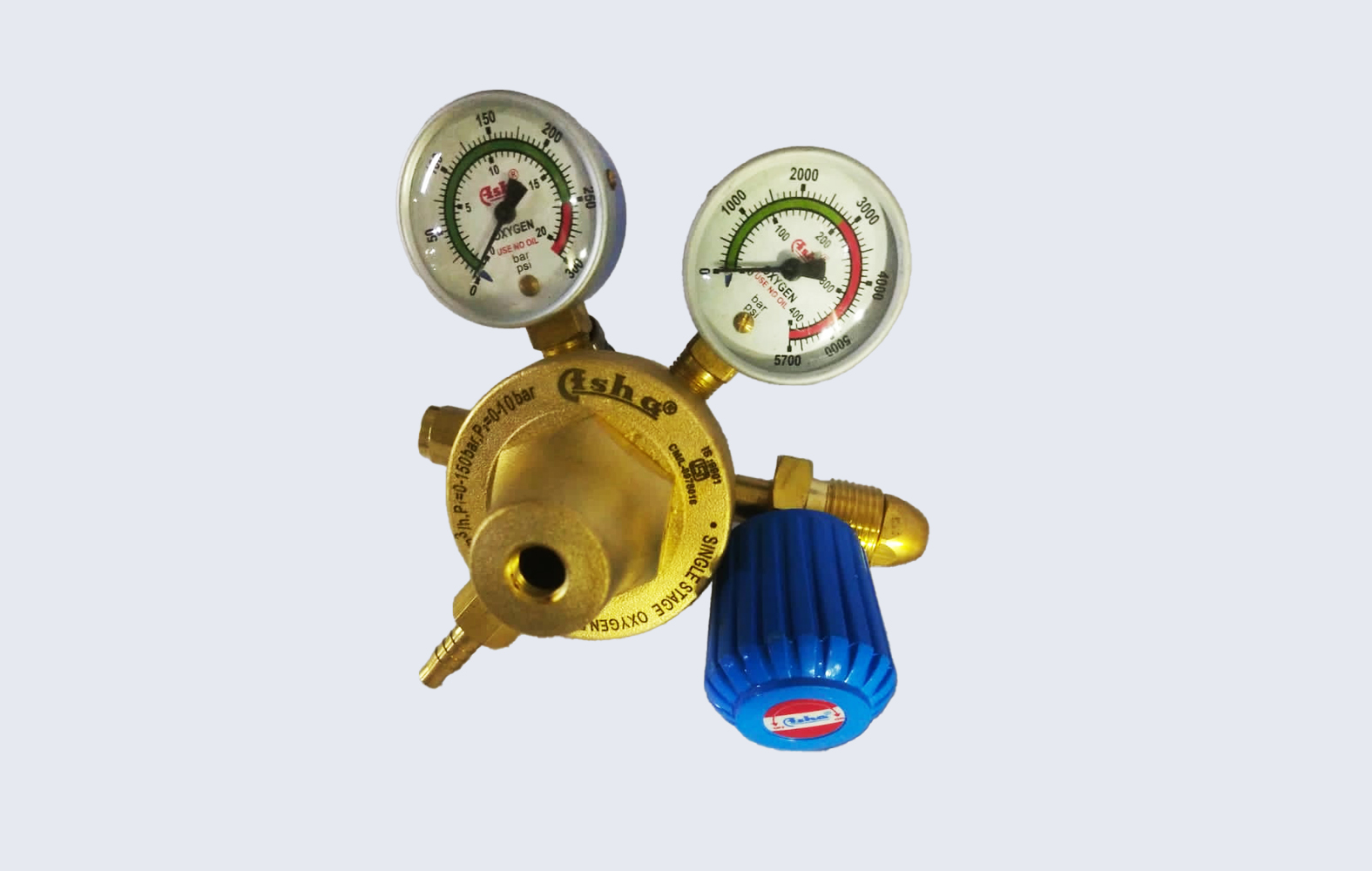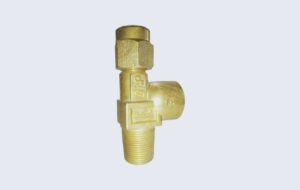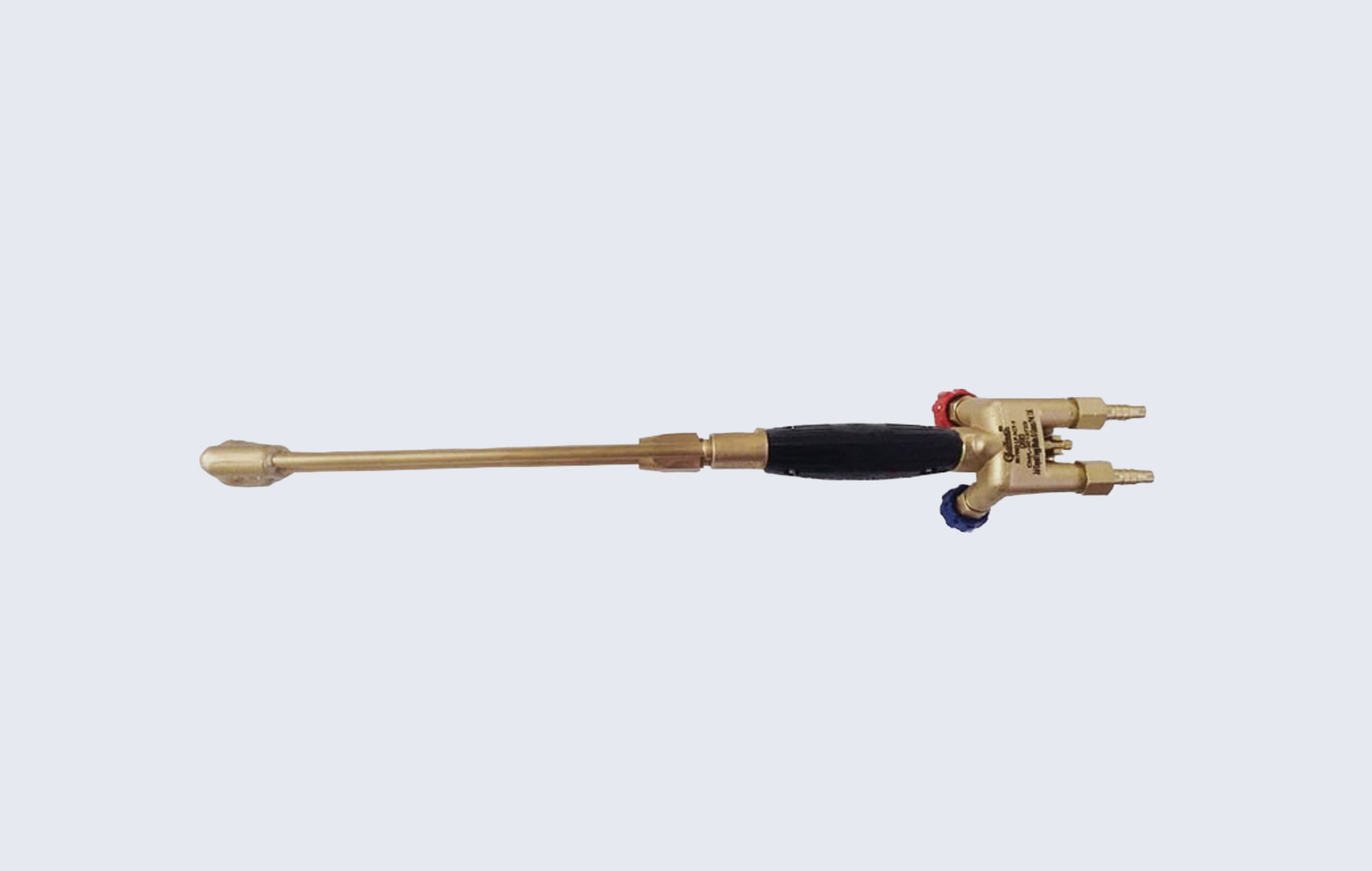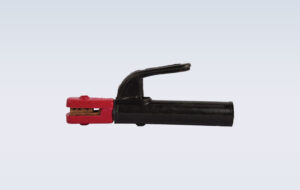Technology
Home/Technology
Technology
Compressed gases contained within cylinders exhibit diverse chemical compositions and properties, encompassing oxidizers, flammables, inerts, and other variations. These gases present a range of corrosiveness, toxicity, and pressure levels and can be found not only in their pure form but also in various mixtures. Ensuring public safety is a fundamental imperative for cylinder valves, necessitating their suitability for their intended applications.
Every valve design undergoes rigorous type-testing before being deployed in operational contexts. This qualification process verifies that the cylinder valve incorporates appropriate materials of construction, dimensions, strength, pressure capacity, flow characteristics, and functional reliability throughout its designated operational lifespan. National and international standards delineate the design and type testing prerequisites for valves, delineated across five distinct components.
Supplementary tests are mandated to validate the Residual Pressure functionality and, when applicable, the Pressure Relief Device.

Our Design Testing Approach

Design Requirements

Mechanical Strength Tests

Performance Tests

Chemical Tests






